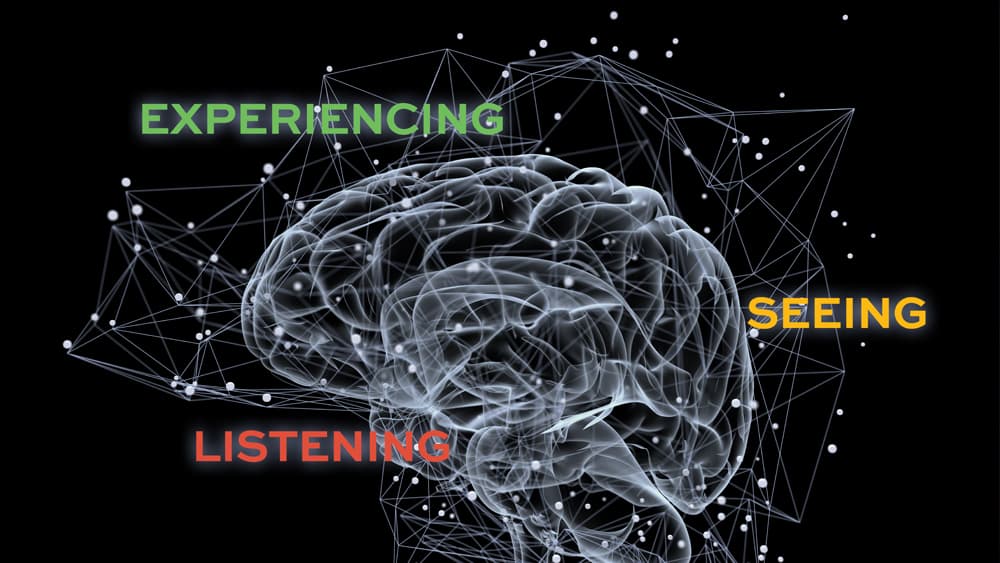Delivery formats and scalability
Education and trainings can be delivered in many ways. But how do we at Inchainge make sure to deliver our simulations in the most suitable way to our customers? And how does scalability play a role in this? Read more in our article.
What is meant by delivery formats?
Delivering courses, trainings, or seminars to a group of people can be done in a multitude of ways. Traditionally, delivery is done via face-to-face sessions, where both presenter and participants are physically present in the same location. More recently, delivery can also be done exclusively via online tools, where neither presenter nor participants need to be physically present. In between those two options, there are dozens of possibilities to engage in blended delivery or blended learning.
Online delivery formats
Particularly delivery that is executed primarily online has gotten a boost in recent years. Tools that facilitate online delivery have become increasingly advanced and enhance the experience of learning remotely. Besides traditional video call options for webinars, popular online platforms, such as Twitch or YouTube also lend themselves to online delivery.
But even within the different online or offline possibilities, delivery formats can take a variety of shapes. From one person, that engages in self-paced learning, to thousands of people, that are attending a presentation.
Delivery formats at Inchainge
Here at Inchainge, our business simulation games offer the possibility to be delivered in many ways. Our simulations can be engaged with individually, where total freedom is given to the intensity and complexity with which different topics are addressed. This self-paced and individualized delivery can, for example, be supported by pre-recorded webinars or other additional materials.
Delivery formats at Inchainge for different audiences
Our business simulations also work for smaller groups, that are trained in person or online. For instance, a group of managers, that require lengthy and in-depth session, as very complex information must be transmitted. Smaller group sessions can then be scaled up to larger groups. Here you can think of university classes, where teams are formed, and learning is further facilitated by encouraging exchange within the individual teams and in class as a larger group.
Ultimately, our simulations can be scaled up to an even larger audience in the form of presentations or events. Some detail is left out, but everyone still benefits from a broad overview of important concepts. Here, classic themes are addressed – for example, problems that occur most often. When working with large audiences, the audience can even be understood as one unified team, that collectively votes on decisions to be taken.
What is scalability?
Scalability describes an organization’s, system’s, or product’s ability to cope with and perform well even when scope or workload increase significantly. Simply put, scalability describes a business’ ability to grow without being obstructed by its own structure when faced with increased demand.
However, scalability refers to different factors, that can be scaled. Often, scalability simply refers to volume scalability, where the number of participants can be increased or decreased easily, but there is much more to it.
Scalability at Inchainge
At Inchainge, attention is paid also to the lesser known forms of scalability. Our simulations do not only scale in volume, but also in length. Thus, our business games can be played through in a couple of hours or can be spread over a period of several months. Here, obviously, an increase in time goes hand in hand with an increase in complexity.
Hence, at the same time, this means that our simulations can be scaled in complexity. This is depending on the participants and where they stand in their learning journey.
At Inchainge, scalability is therefore understood as a way of configuring the simulation in terms of size, length, and complexity!
You might want to learn more about

Experiential learning
Experiential learning is a powerful way of education that fosters numerous benefits. We truly believe that going through an experience, will result in a better and longer lasting understanding. What is experiential learning exactly? And why should it be implemented? In this article, Inchainge discusses everything you need to know about experiential learning.
Dive into our
knowledge base
Alignment
Blended learning
Experiential learning
Learning
Supply chain
Sustainability
- Sustainability
- Carbon footprint
- Circular Economy
- Does Green Governance drive the ride to a sustainable future?
- Everything You Need To Know About Eco-Efficiency
- Greenwashing: Everything you need to know
- Is it possible to measure the Triple Bottom Line?
- Sustainability v/s Circularity
- The 3Ps Series: People
- The 3Ps Series: Planet
- The 3Ps Series: Prosperity
- The Butterfly Diagram
- The Value Hill
- What are the 3Ps of Sustainability?
- What do we know about the Triple Bottom Line?
